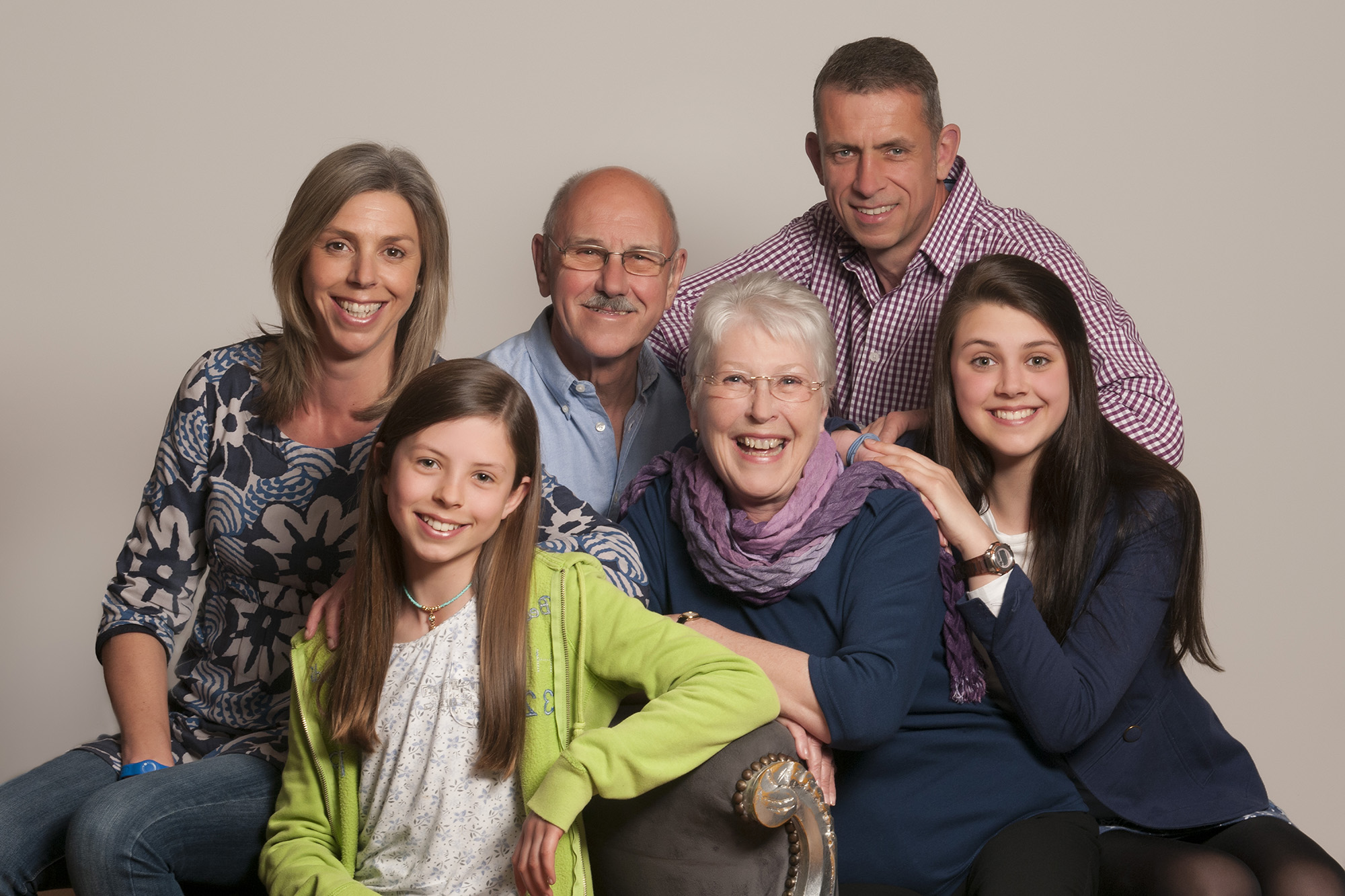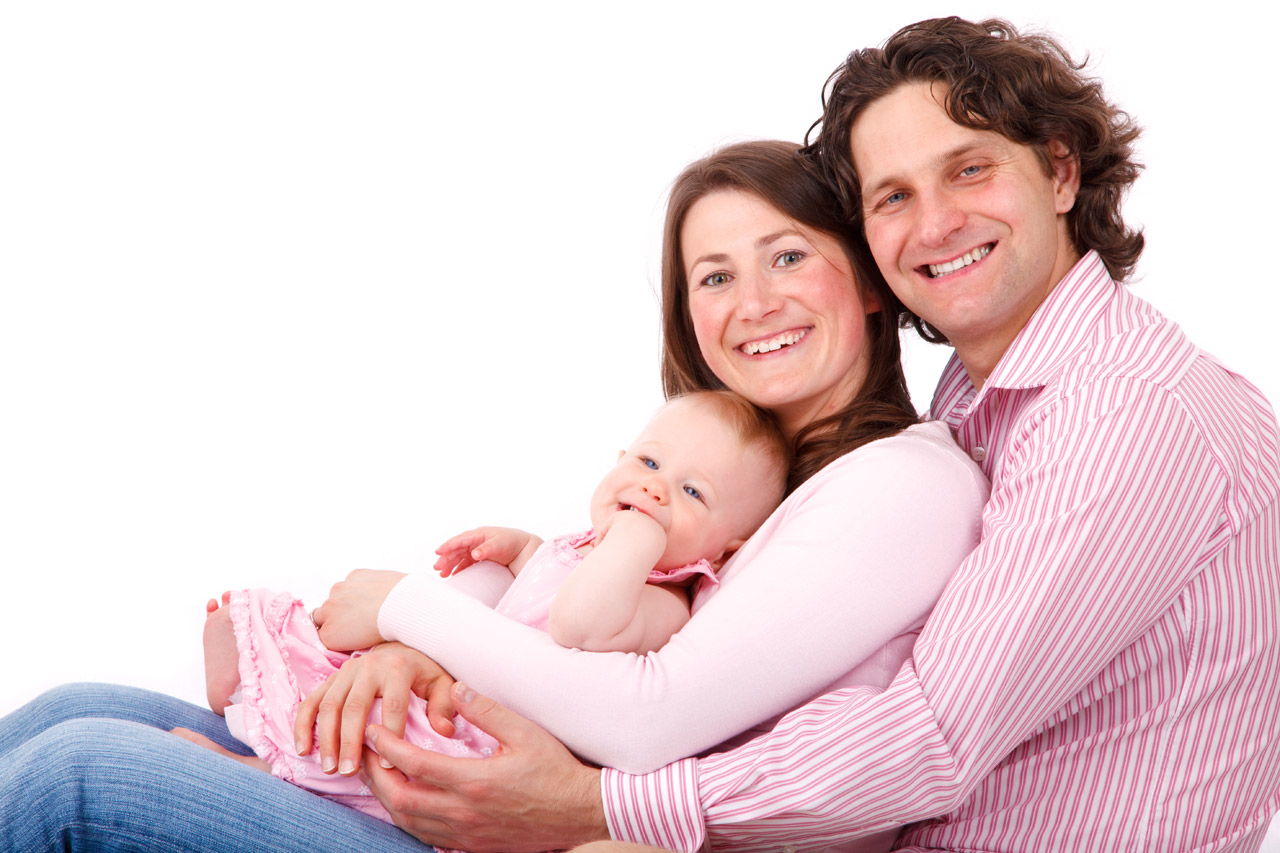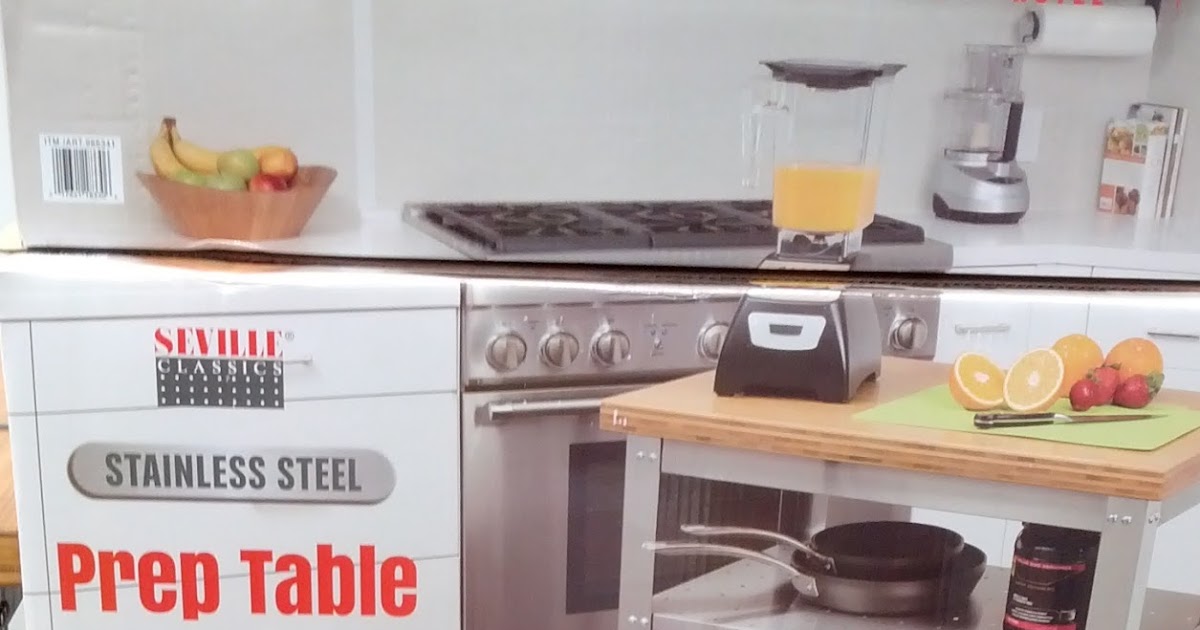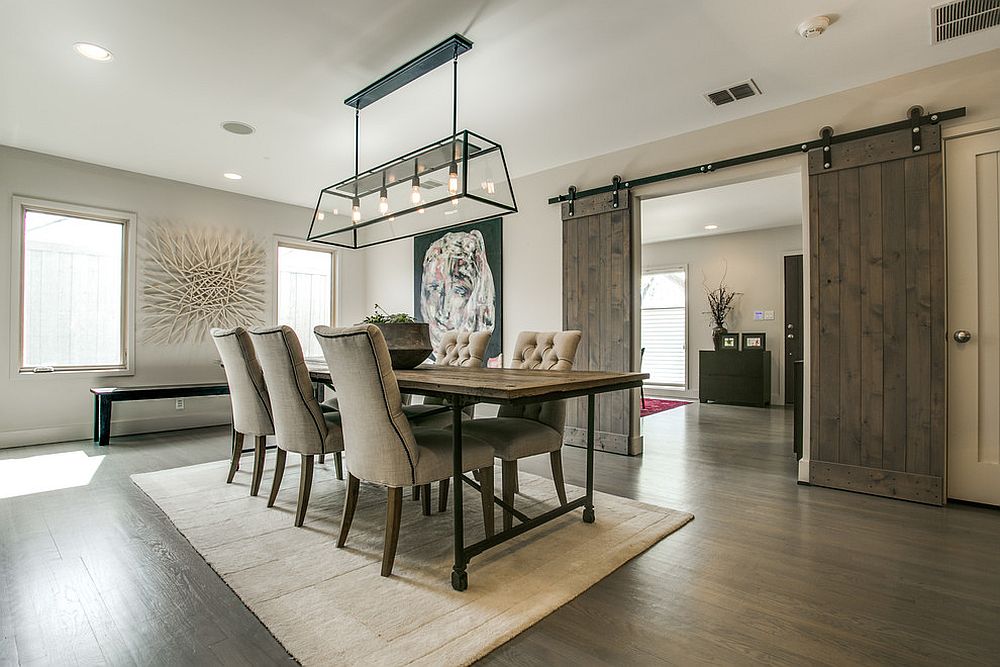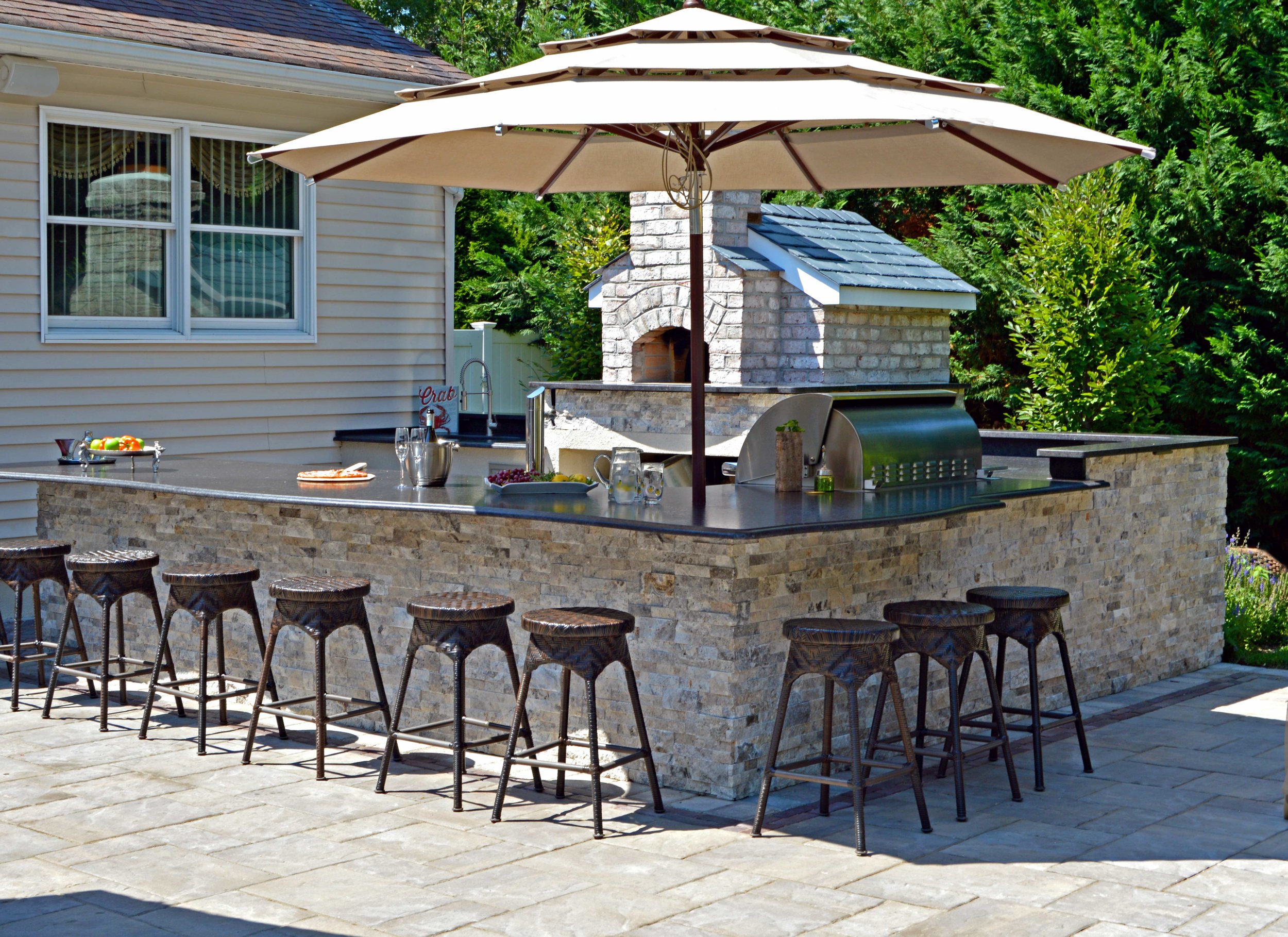Halogen light bulbs have been a popular choice for kitchen lighting for many years. They are known for their bright, white light and long lifespan. However, there have been concerns raised about their safety, particularly in the kitchen where they are often used for extended periods of time. In this article, we will delve into the potential dangers of halogen kitchen lights and what you need to know to keep your home safe.1. Understanding the Basics of Halogen Light Bulbs
Halogen light bulbs are a type of incandescent bulb, which means they produce light by heating a filament inside the bulb. What sets them apart from traditional incandescent bulbs is the gas inside the bulb. Halogen bulbs contain a small amount of a halogen gas, such as iodine or bromine, which helps to recycle the filament and extend the life of the bulb. This is why halogen bulbs can last up to three times longer than traditional incandescent bulbs.2. What Makes Halogen Light Bulbs Different?
One of the main concerns with halogen kitchen lights is the heat they produce. Halogen bulbs can reach extremely high temperatures, making them a potential fire hazard if not used correctly. They can also pose a risk of burns if touched while hot. Additionally, the use of halogen bulbs in enclosed fixtures can lead to overheating and damage to the fixture.3. The Potential Dangers of Halogen Kitchen Lights
To minimize the risk of fire or burns, it is important to handle halogen bulbs with caution. Always turn off the light and allow the bulb to cool down before attempting to change it. When handling a halogen bulb, be sure to use a cloth or gloves to avoid direct contact with the glass. Also, never touch the bulb with wet hands as this can cause the bulb to shatter.4. Handling Halogen Bulbs Safely
Another important aspect of using halogen bulbs safely is choosing the right fixture for your bulb. Halogen bulbs produce a lot of heat, so it is important to use fixtures that are specifically designed for use with halogen bulbs. These fixtures are typically made of heat-resistant materials and have ventilation to allow heat to escape.5. Choosing the Right Fixture for Your Halogen Bulb
One of the biggest dangers of halogen kitchen lights is the potential for overheating and causing a fire. To prevent this, it is important to never leave halogen lights on for extended periods of time, especially if they are in an enclosed fixture. It is also important to keep flammable objects away from halogen lights and to never cover them with anything.6. Avoiding Overheating and Fire Hazards
When it comes time to replace your halogen bulb, it is important to do so safely. As mentioned before, always allow the bulb to cool down before handling it. When removing the bulb, be sure to turn it counterclockwise, as turning it the wrong way can cause it to shatter. Also, never place a new bulb in a fixture that is still hot from the previous bulb.7. Replacing Halogen Bulbs Safely
If you are concerned about the potential dangers of halogen kitchen lights, there are alternative lighting options available. LED lights, for example, produce very little heat and are much more energy-efficient than halogen bulbs. They may be a more expensive upfront cost, but they will save you money in the long run and provide a safer lighting option for your kitchen.8. Alternatives to Halogen Kitchen Lights
To ensure the safety of your halogen kitchen lights, it is important to regularly inspect them for any signs of damage or wear. This includes checking for any discoloration or melting of fixtures, as well as any exposed wires. It is also important to clean your fixtures regularly to prevent the accumulation of dust and debris, which can increase the risk of overheating.9. Regular Maintenance and Inspections
In conclusion, while halogen kitchen lights can be a great source of bright, white light, they do come with potential dangers. By understanding the basics of halogen bulbs, handling them safely, and choosing the right fixtures, you can minimize the risks and enjoy the benefits of this type of lighting. However, if you have any concerns or want to err on the side of caution, there are alternative lighting options available that can provide a safer choice for your kitchen.10. Conclusion: Taking Precautions for a Safe Kitchen
The Danger of Halogen Kitchen Lights: What You Need to Know

The Importance of Proper Lighting in Kitchen Design
 When it comes to designing a kitchen, lighting is often one of the most overlooked factors. However, the type of lighting you choose can greatly impact the functionality and safety of your kitchen. While many homeowners opt for halogen lights due to their bright and focused glow,
there are certain dangers associated with these types of lights in the kitchen.
When it comes to designing a kitchen, lighting is often one of the most overlooked factors. However, the type of lighting you choose can greatly impact the functionality and safety of your kitchen. While many homeowners opt for halogen lights due to their bright and focused glow,
there are certain dangers associated with these types of lights in the kitchen.
The Risks of Using Halogen Lights in the Kitchen
 Halogen lights are known for their intense brightness and can provide excellent task lighting in the kitchen. However,
they also emit high levels of heat, making them a potential fire hazard.
This is especially concerning when it comes to the kitchen, where there are often flammable materials such as grease, oils, and paper products present. If these materials are too close to a halogen light, they can easily ignite and cause a fire.
In addition to the fire risk, halogen lights also pose a danger of burns.
The high heat emitted by these lights can cause serious burns if touched or if flammable materials come into contact with them.
This is particularly concerning in a busy kitchen where accidents can easily happen.
Halogen lights are known for their intense brightness and can provide excellent task lighting in the kitchen. However,
they also emit high levels of heat, making them a potential fire hazard.
This is especially concerning when it comes to the kitchen, where there are often flammable materials such as grease, oils, and paper products present. If these materials are too close to a halogen light, they can easily ignite and cause a fire.
In addition to the fire risk, halogen lights also pose a danger of burns.
The high heat emitted by these lights can cause serious burns if touched or if flammable materials come into contact with them.
This is particularly concerning in a busy kitchen where accidents can easily happen.
How to Mitigate the Dangers of Halogen Kitchen Lights
 To ensure the safety of your kitchen, it is important to
properly install and maintain halogen lights.
Make sure they are securely mounted and not placed too close to any flammable materials. It is also crucial to regularly check for any signs of damage, such as frayed wires or loose connections, and replace the lights if necessary.
Another option to consider is
switching to LED lights, which emit less heat and are more energy-efficient.
LED lights also have a longer lifespan, reducing the need for frequent replacements and lowering the risk of accidents.
To ensure the safety of your kitchen, it is important to
properly install and maintain halogen lights.
Make sure they are securely mounted and not placed too close to any flammable materials. It is also crucial to regularly check for any signs of damage, such as frayed wires or loose connections, and replace the lights if necessary.
Another option to consider is
switching to LED lights, which emit less heat and are more energy-efficient.
LED lights also have a longer lifespan, reducing the need for frequent replacements and lowering the risk of accidents.
Conclusion
 In conclusion, while halogen lights may seem like a practical choice for kitchen lighting,
they do come with potential dangers that should not be ignored.
By understanding these risks and taking proper precautions, you can ensure the safety of your kitchen and your home. Consider alternative lighting options such as LED lights to create a well-lit and safe kitchen environment.
In conclusion, while halogen lights may seem like a practical choice for kitchen lighting,
they do come with potential dangers that should not be ignored.
By understanding these risks and taking proper precautions, you can ensure the safety of your kitchen and your home. Consider alternative lighting options such as LED lights to create a well-lit and safe kitchen environment.
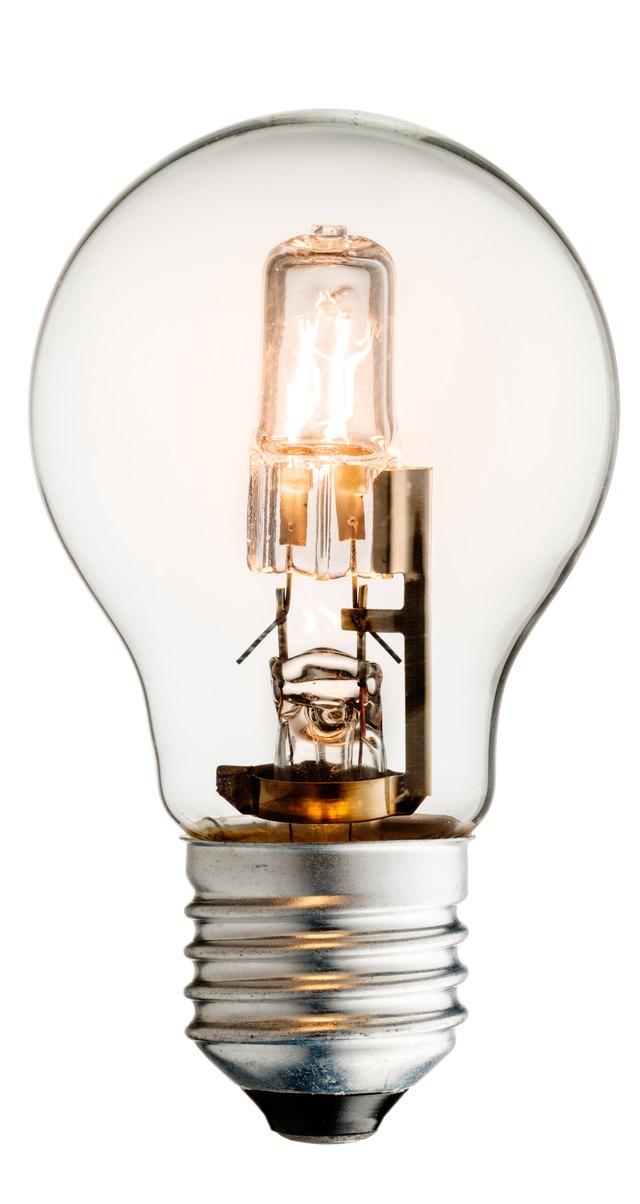
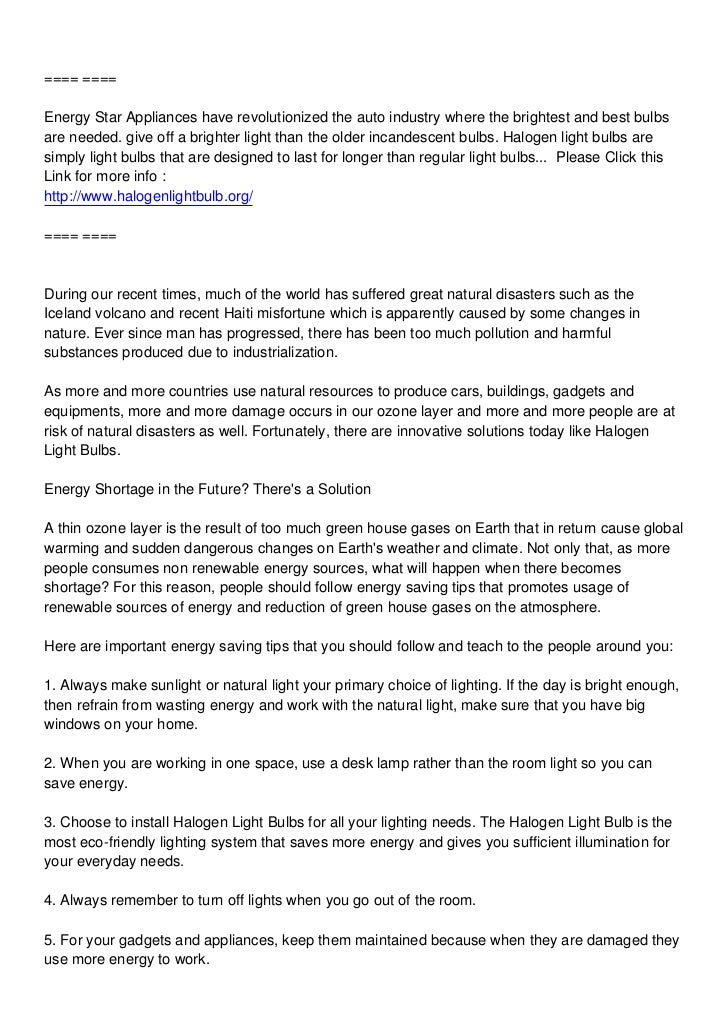
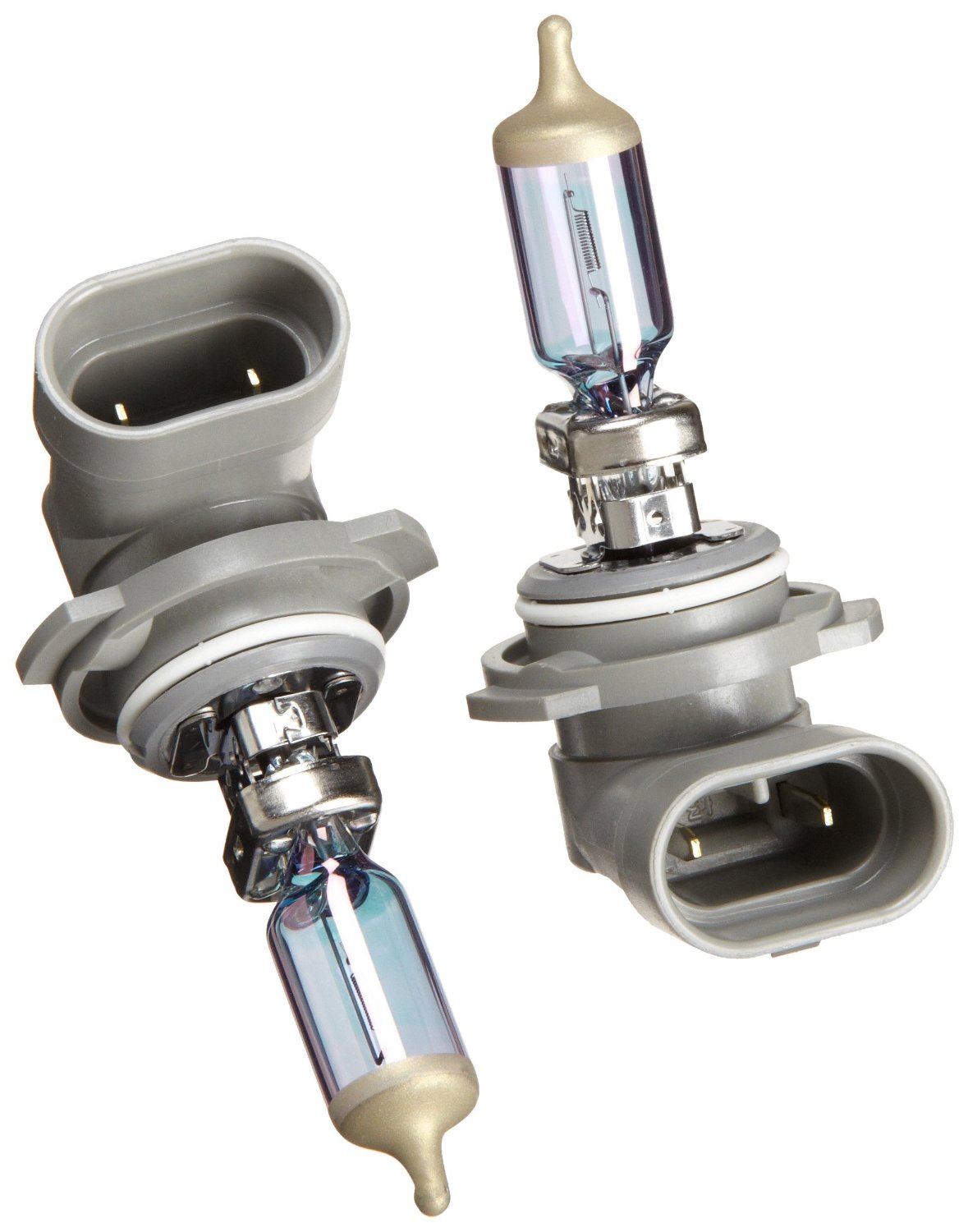

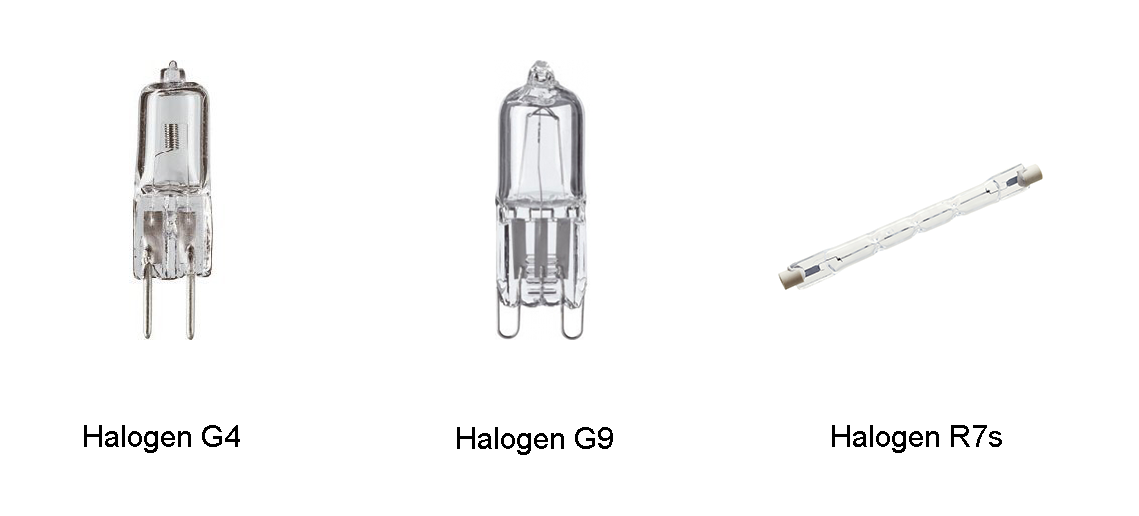
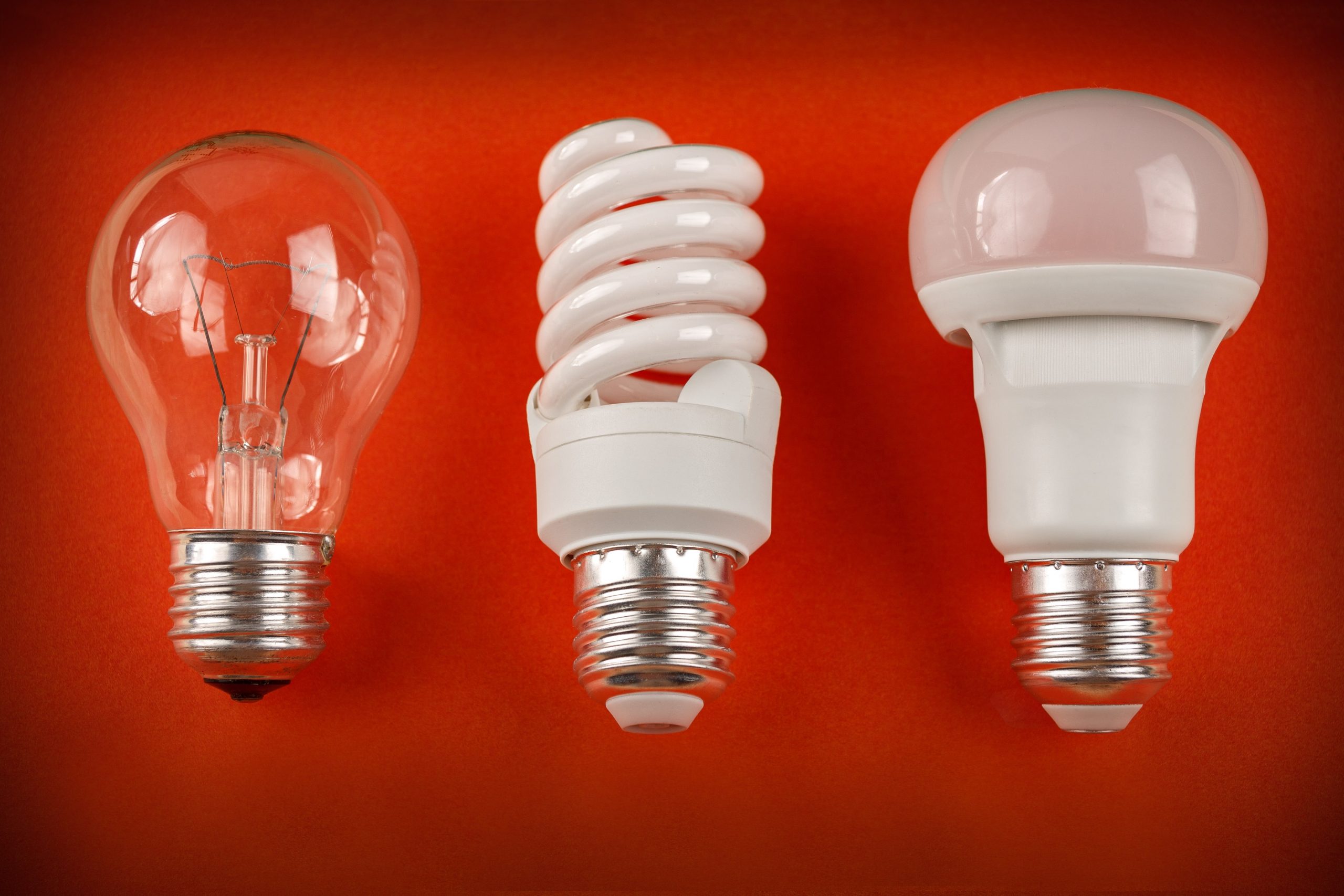

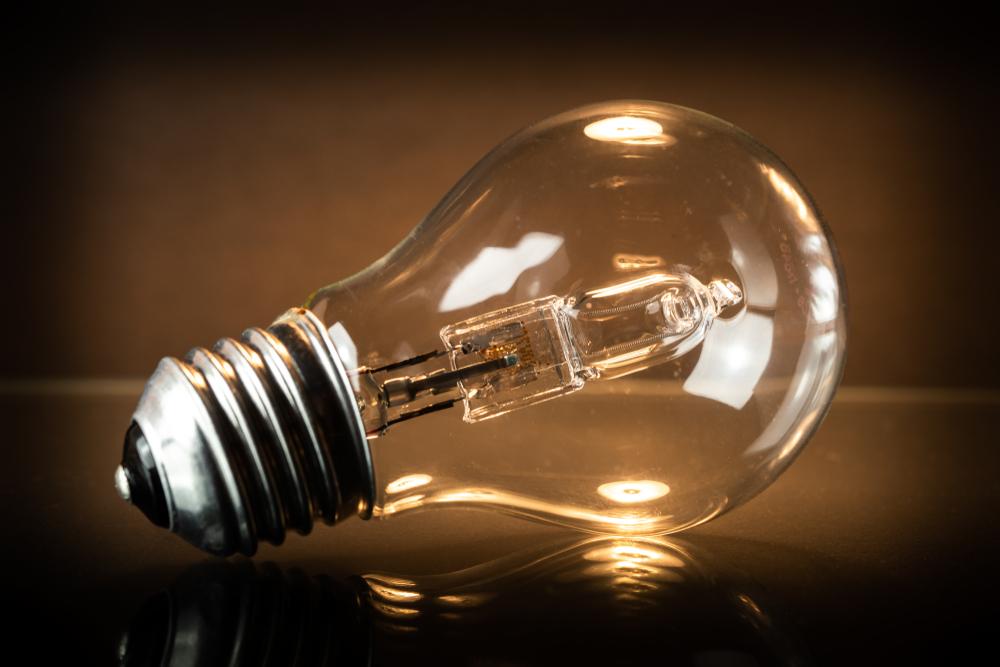
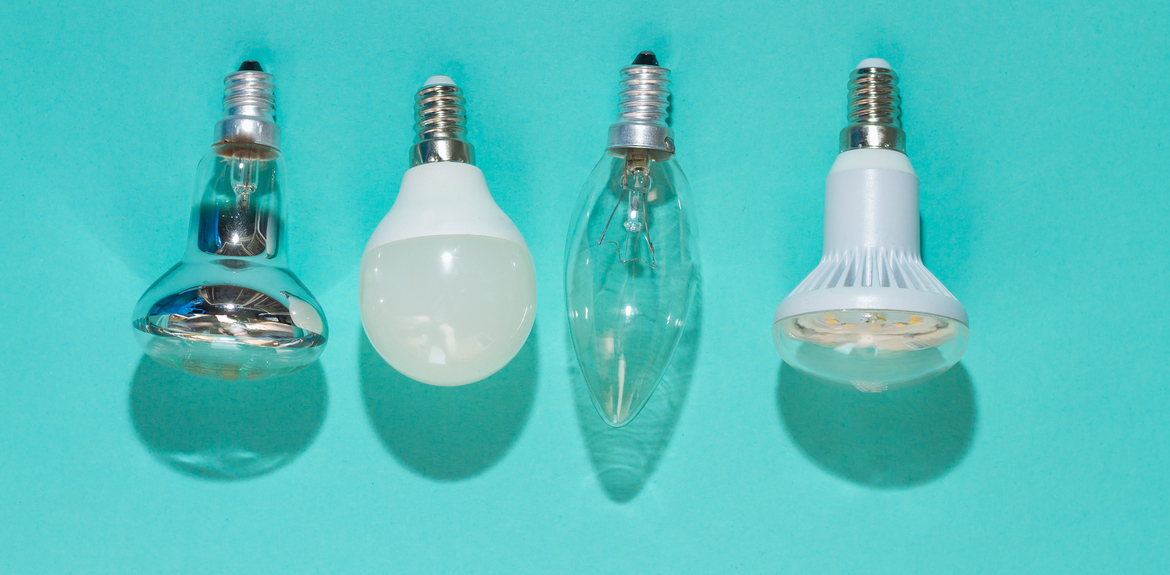


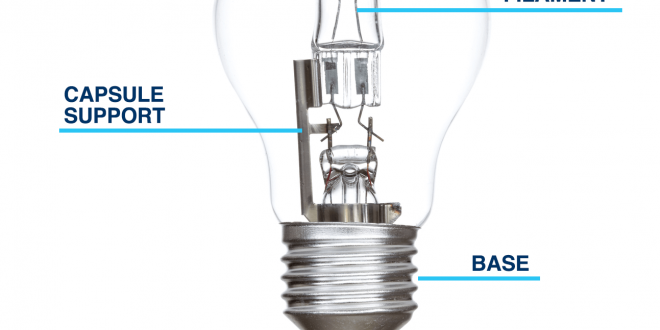
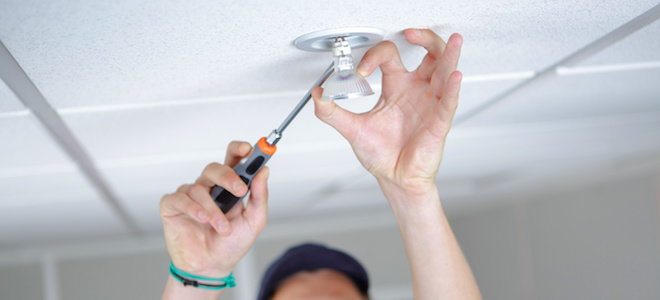



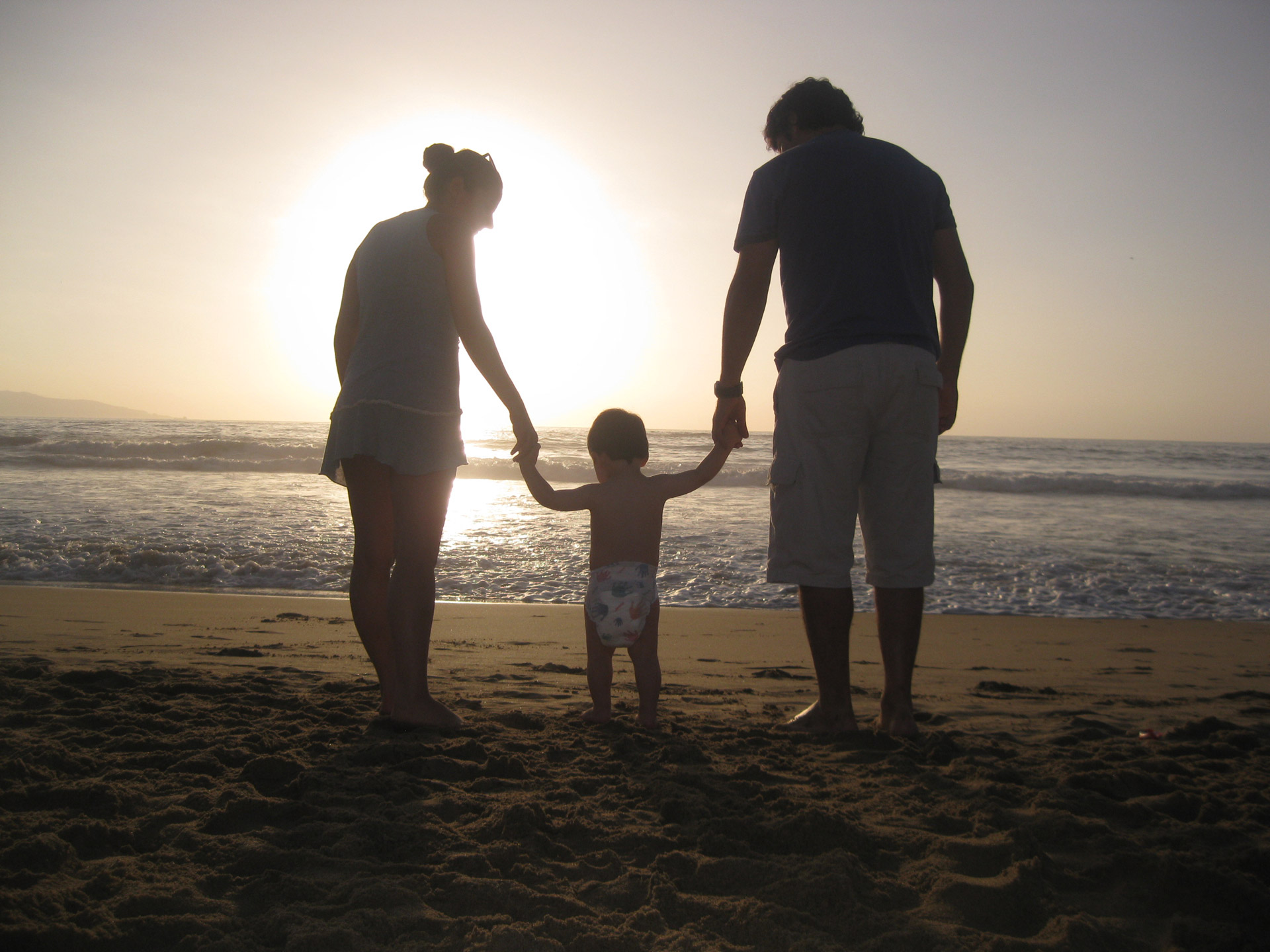
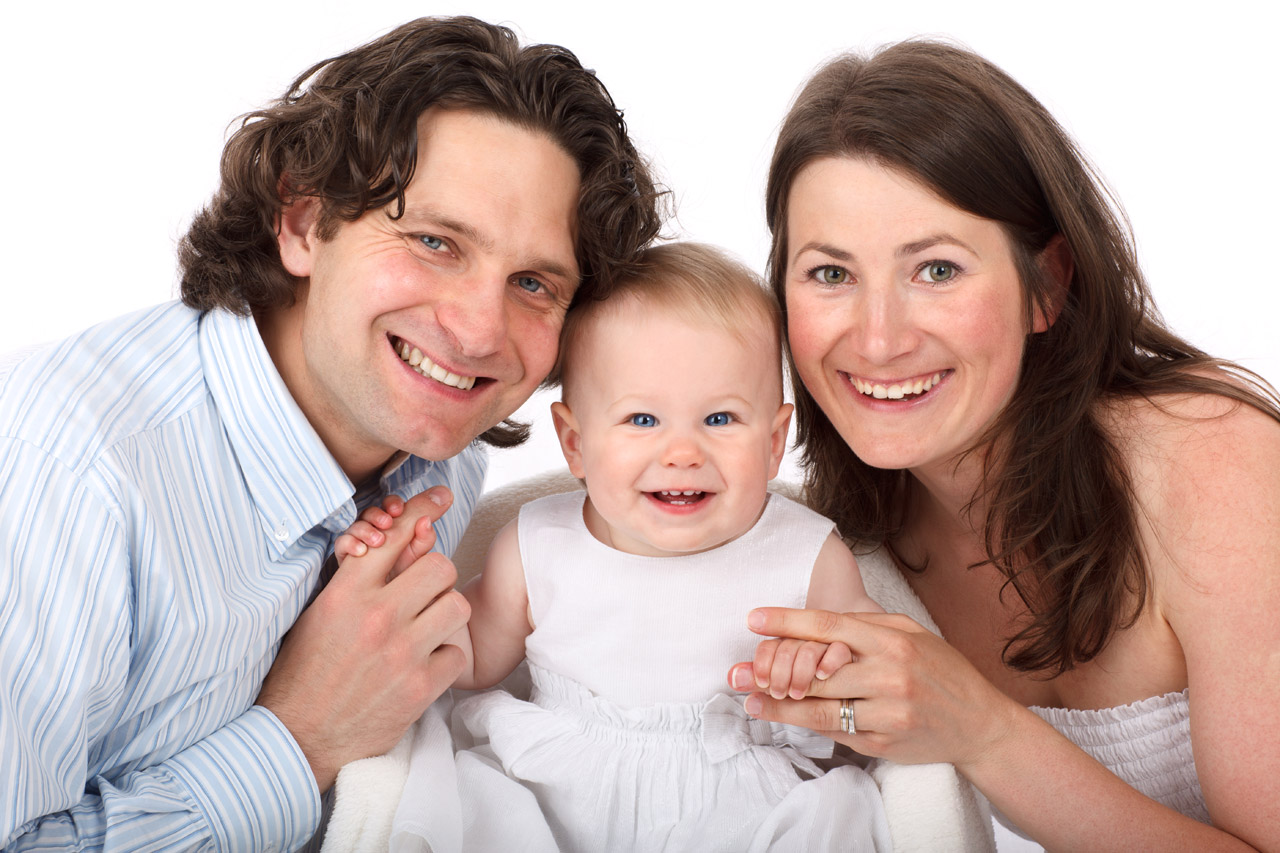


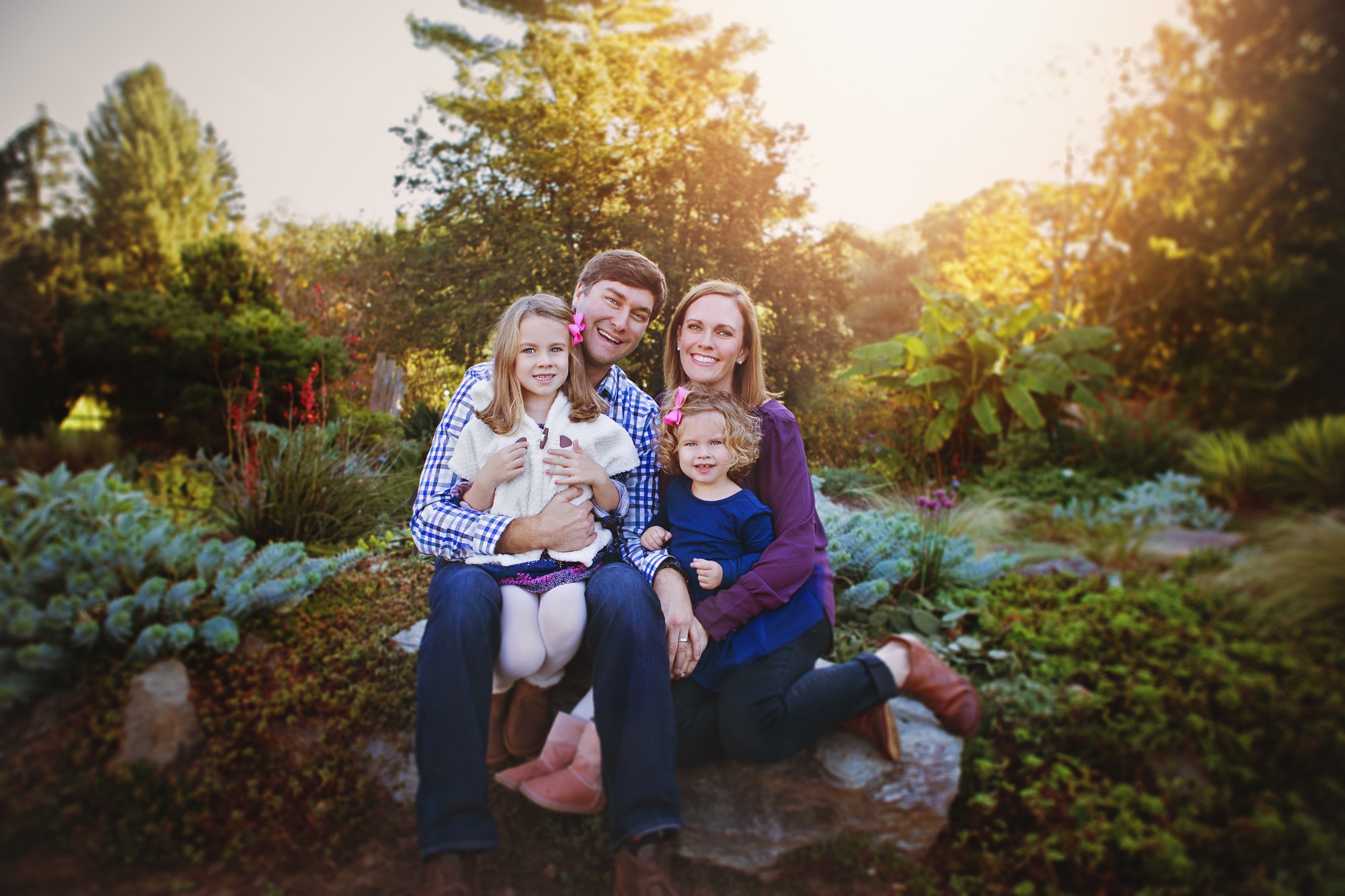



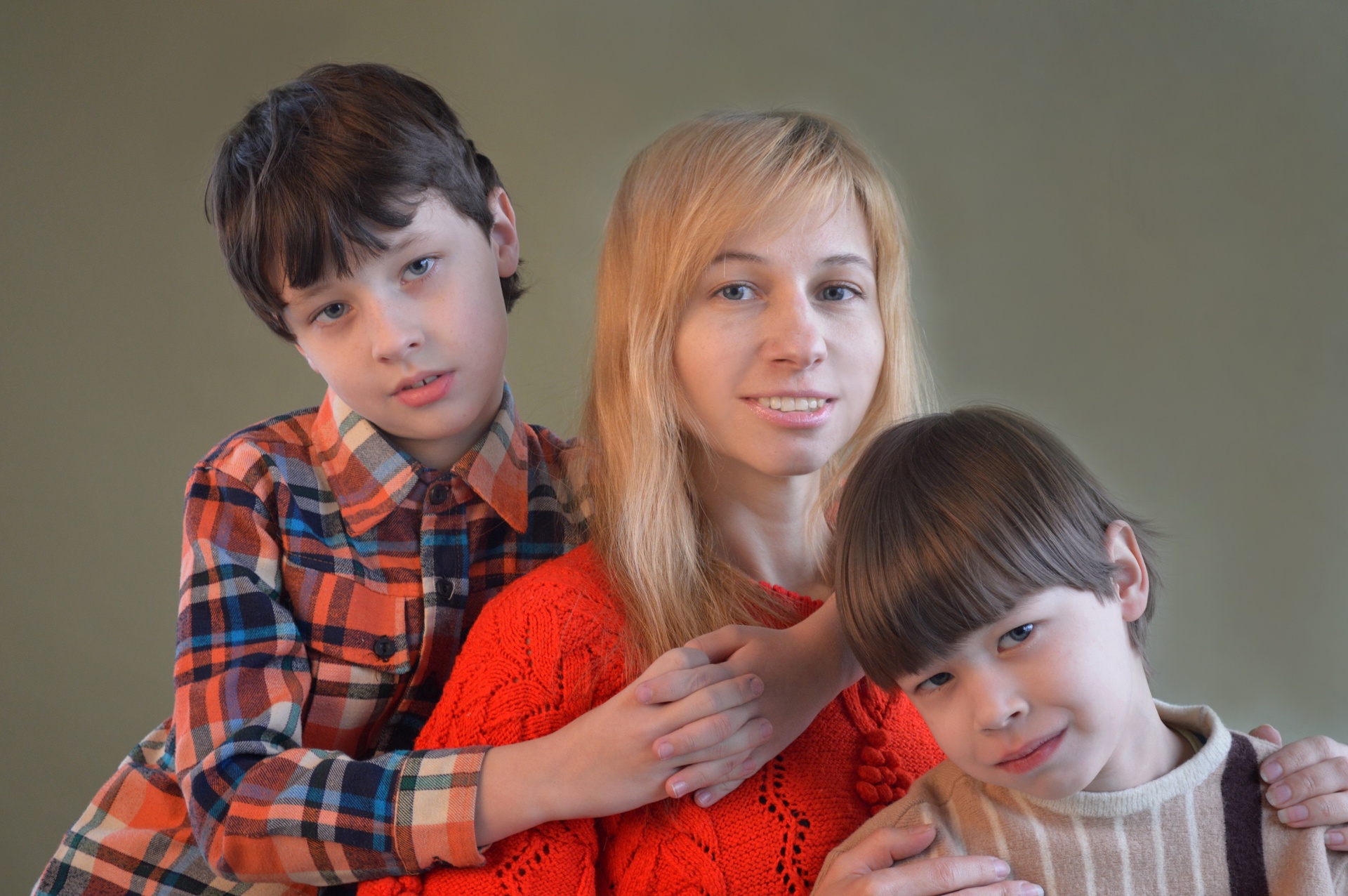


.jpg)

